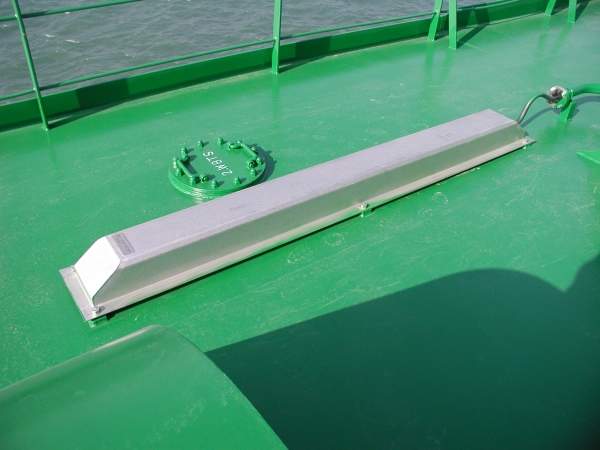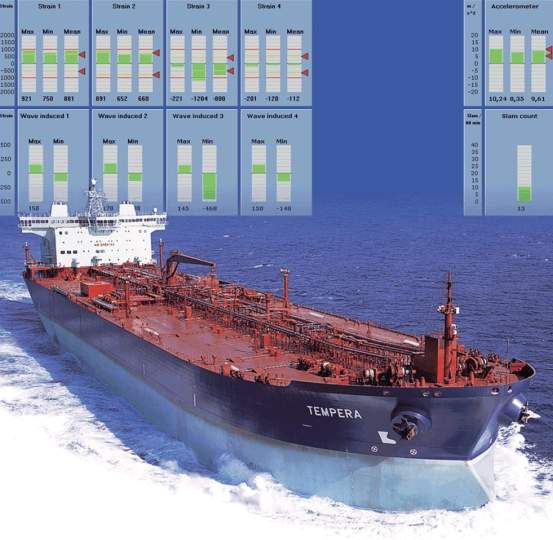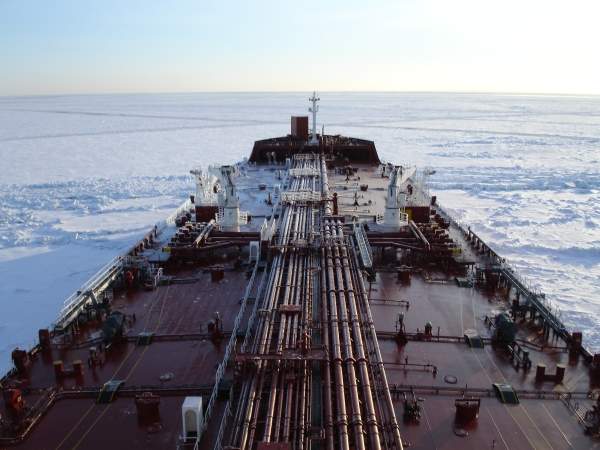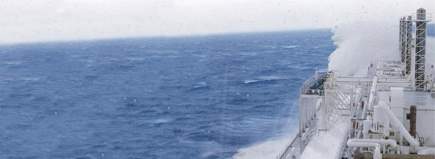HULLMOS provides structural monitoring systems to protect ships from false loading and dynamic phenomena, such as wave loads, ice impact loads and LNG sloshing loads.
Hull stress affects all ships with large hulls, particularly bulk carriers, large tankers, LNG carriers and FPSOs, as well as research vessels, military craft and heavy-lift vessels, which operate at maximum design stress and therefore benefit from hull monitoring.
In order to meet the demanding requirements of the maritime sector, we produce top-of-the-range devices, programmes and services, including:
- HULLMOS: hull stress monitoring
- ICEMON: ice impact load monitoring
- HULLMOS: LNG sloshing load monitoring
Hull stress monitoring system
HULLMOS hull stress monitoring system prevents the exacerbation of design stress, minimising risk of damage to the hull. The system measures the hull’s relative deformation and strain caused by loading and waves. It indentifies static, dynamic and slow changing temperature components. Results are transmitted to the central unit on the bridge to be logged, analysed and displayed to the bridge personnel to assist in navigation.
Ice impact monitoring system
ICEMON ice impact monitoring system is often integrated with the hull stress monitoring system and is designed to measure the strain and stress of the hull while navigating in ice. Real-time recording of ice load levels is a crucial tool in the prevention of structural damage. The system warns the operator when the load level is too high, using software to record ice loads and structural response for further analysis.
LNG sloshing load monitoring system
HULLMOS LNG sloshing load monitoring system is implemented in connection with the hull stress monitoring system and can predict, warn, record, measure and assist the crew when handling LNG. The system provides reliable, real-time measurement of sloshing induced loads on tank structures for LNG carriers, collecting valuable data for further analysis. This is a three-fold system, designed to provide complete data on sloshing and the influence on tank structures:
- Firstly, motion analysis predicts the probability for sloshing
- Acoustic monitoring and accelerometers detect the sloshing of liquid in the LNG tank
- Finally, sloshing loads are measured with strain gauges in terms of impact pressure






